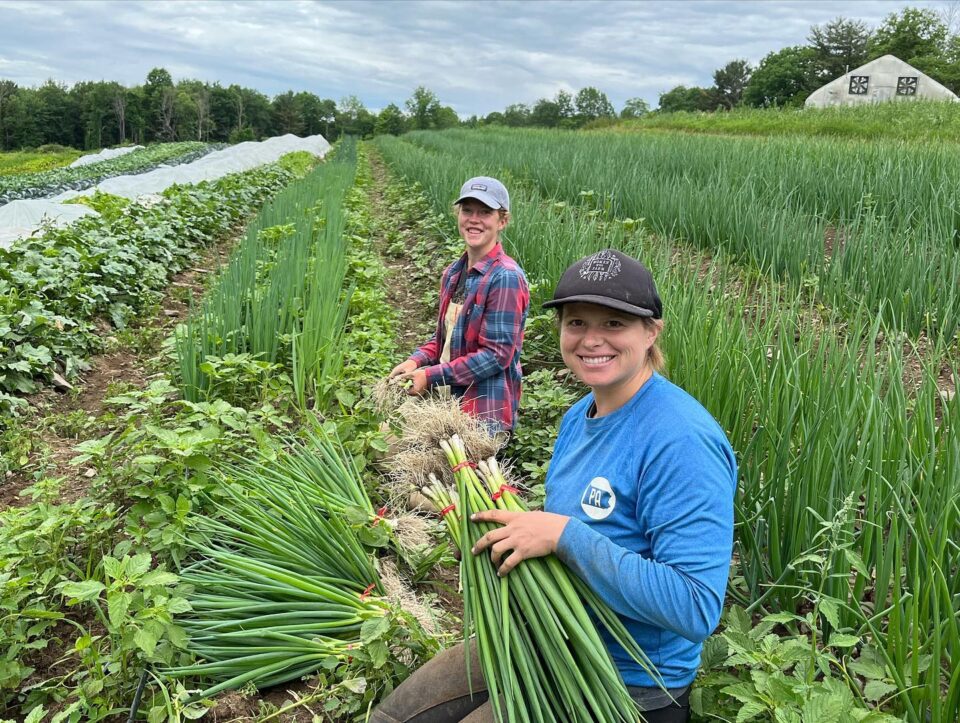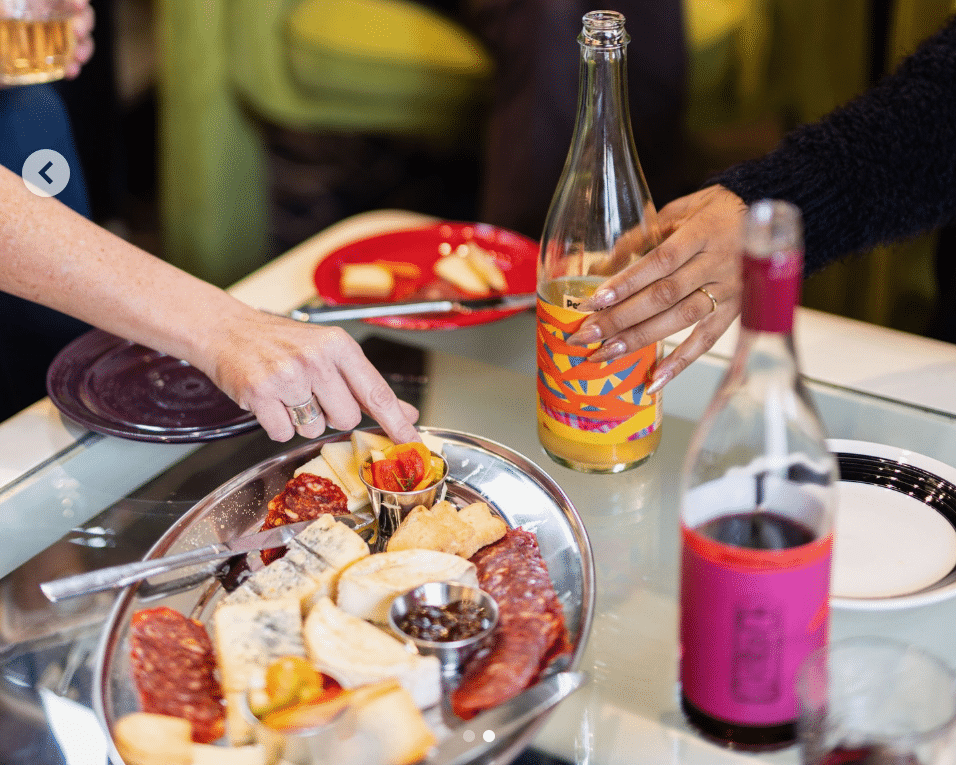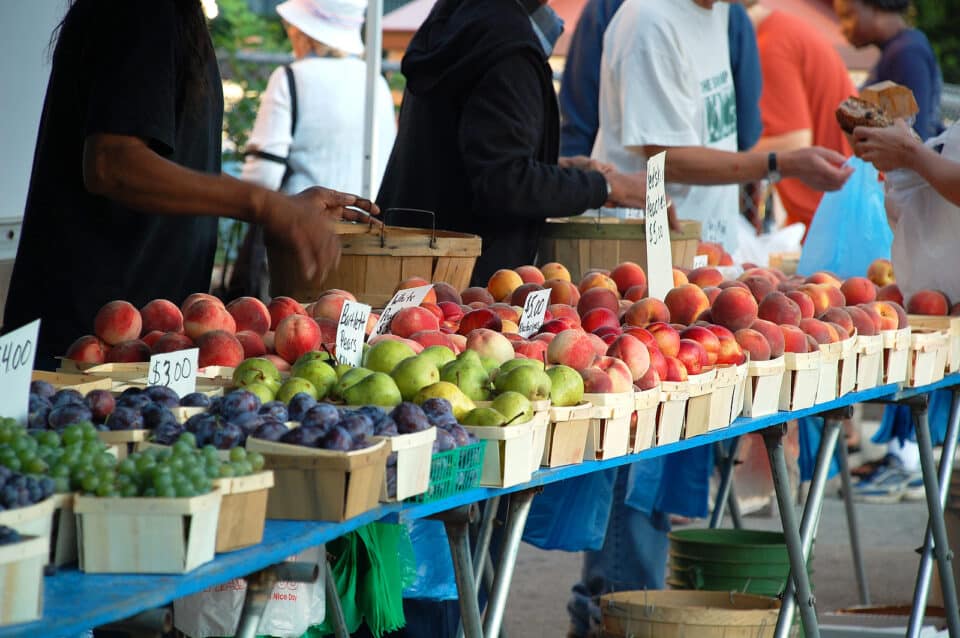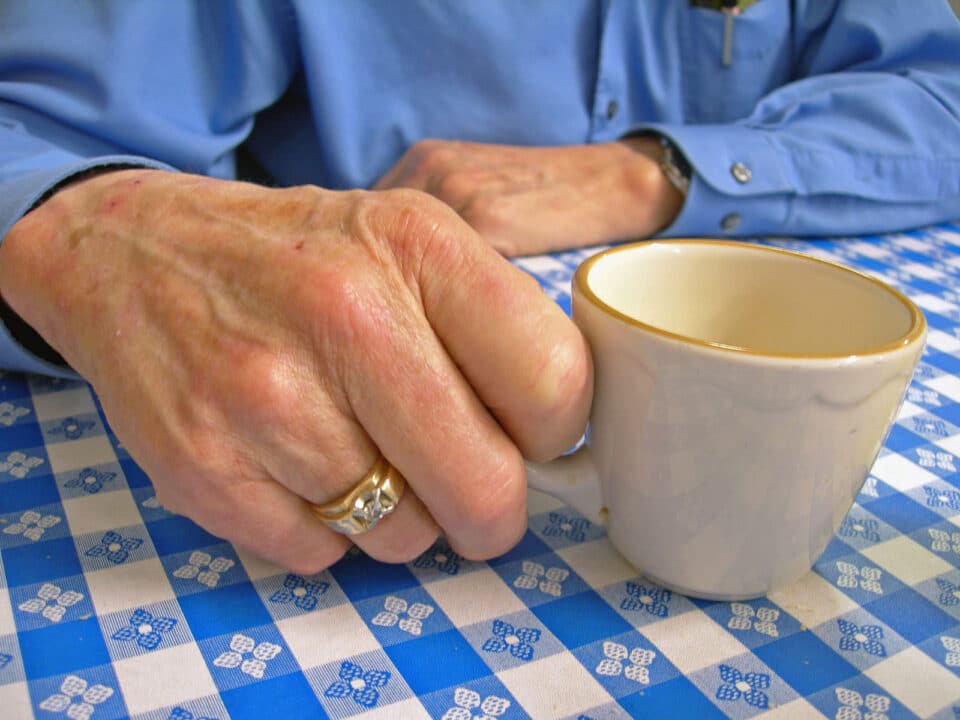Barbora Batokova, known more commonly as “Fungi Woman” on Instagram, became a veritable influencer quite by accident. As a way to find joy and reconnect with her favorite places, Batokova began posting mushroom and fungi photos to her newly created @fungiwoman account in 2017. There, she could combine her passion for photography with her love of foraging mushrooms, something she’d done since her childhood, growing up in the Czech Republic and now living in Pennsylvania.
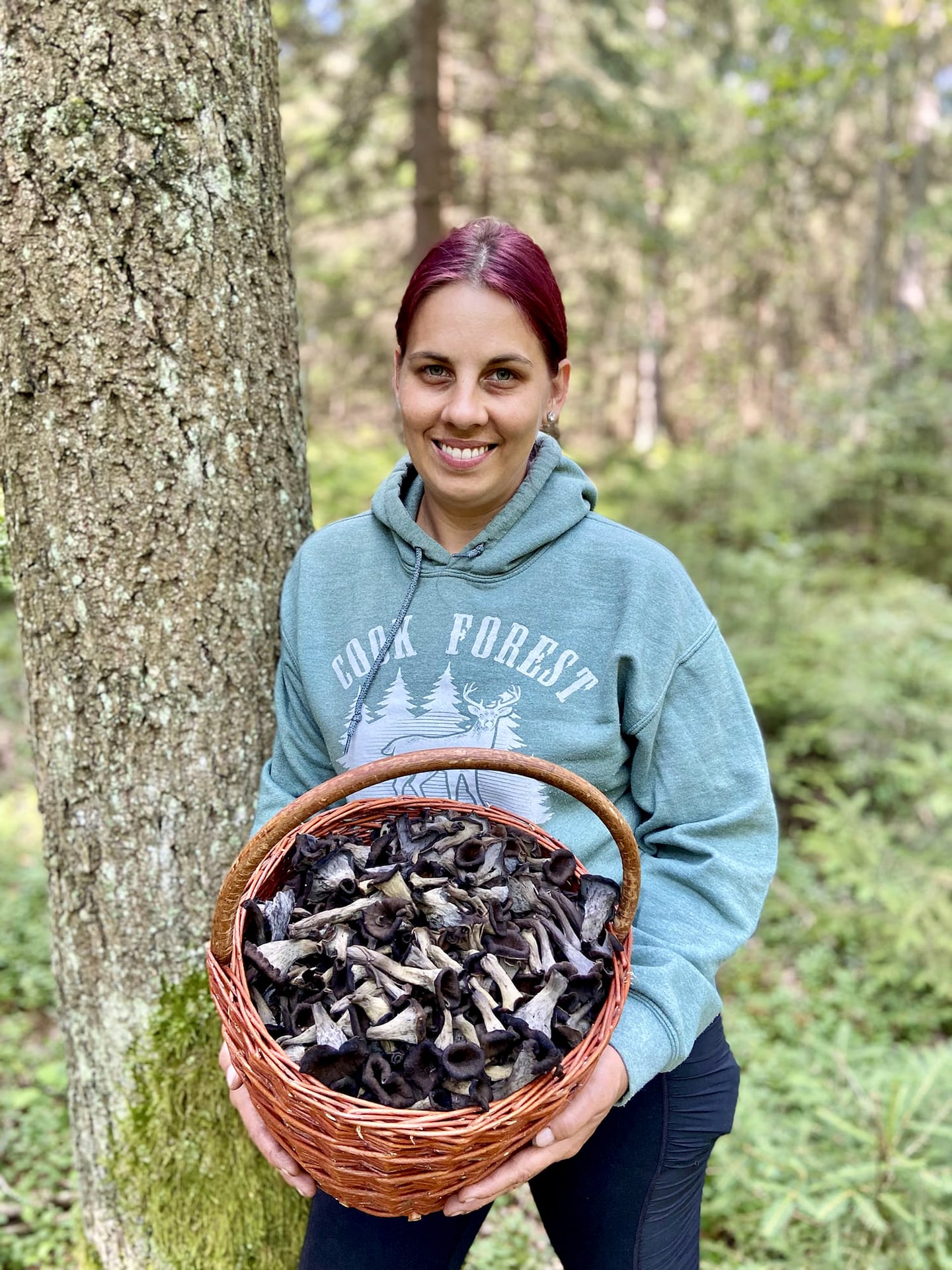
Barbora Batokova aka Fungi Woman holding a basket of black trumpet mushrooms (Craterellus cornucopioides)
In her first-ever post, a smiling Batokova holds a giant parasol mushroom (Macrolepiota procera), a sought-after species often sauteed, breaded and fried like a cutlet or stuffed and baked. From that first post, the account has mushroomed to over 125,000 followers and climbing.
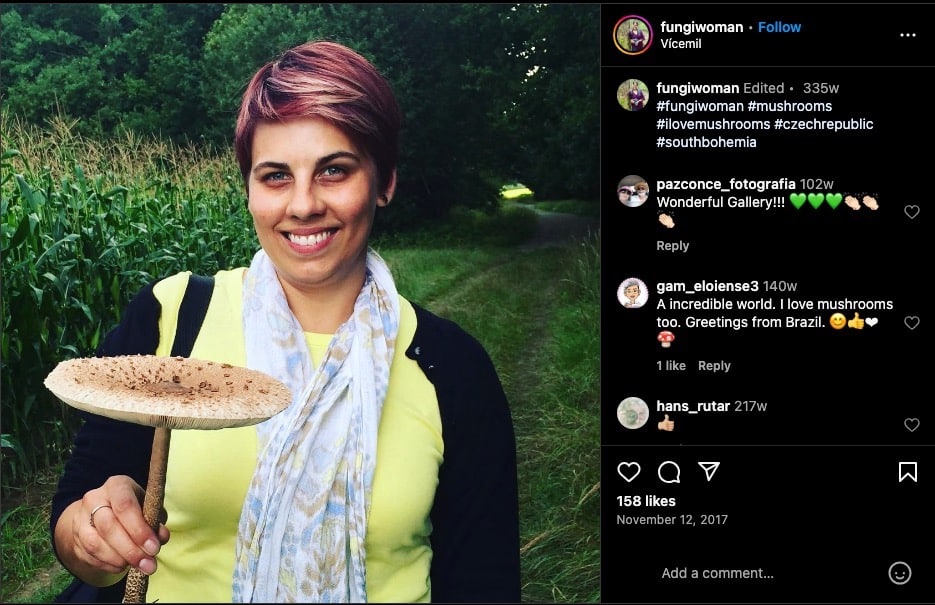
Barbora Batokova in her first post as Fungi Woman
“I would’ve never thought that so many people would love mushrooms so much!” she says.
Batokova believes she’s riding a wave of heightened interest in mushrooms and fungi in general, sparked in part by the film Fantastic Fungi in 2019 and bolstered by pandemic quarantining, when going out in the woods and noticing things around you was one of the few safe activities.
“People are finding out that fungi have huge potential,” says Batokova.
She explains how they enable whole forests to communicate and can be used to clean the environment, make goods like clothing and furniture and as a sustainable protein.
As she has stepped into her role as a “mycoeducator,” both on Instagram and in-person with guided walks, Batokova says a couple of her primary goals are to help lessen fears around mushrooms and to educate people on their nutritional properties.
“For me, mushrooms always represent a good alternative to meat. They’re sustainable protein, healthy and nutritious. I also think they taste good!” says Batokova.
Growing up in the Czech Republic, mushroom picking was just a way of life for Batokova.
“You could say it’s in my blood,” says Batokova. “Mushroom hunting is very close to the heart of a lot of people in the Czech Republic. Some even call it the national sport.”
She describes the cultural attitude in the Czech Republic as “mycophilic” (mushroom loving) versus “mycophobic” in some other countries. Her family had a rural summer house, where she and her mother, grandmother, relatives, and brother would spend hours getting lost in the woods, picking mushrooms. Her grandmother had some incredible recipes utilizing foraged mushrooms that Batokova cherishes to this day.
Batokova first lived in the US as a teenager doing a year-abroad program. She loved the educational system’s focus on synthesis and analysis over memorization. This inspired her return for college a few years later. She earned enough scholarships to attend Cottey College in Missouri, followed by Chatham University in Pittsburgh, Pennsylvania in 2006. She fell in love with the area and has lived in the Pittsburgh area ever since.
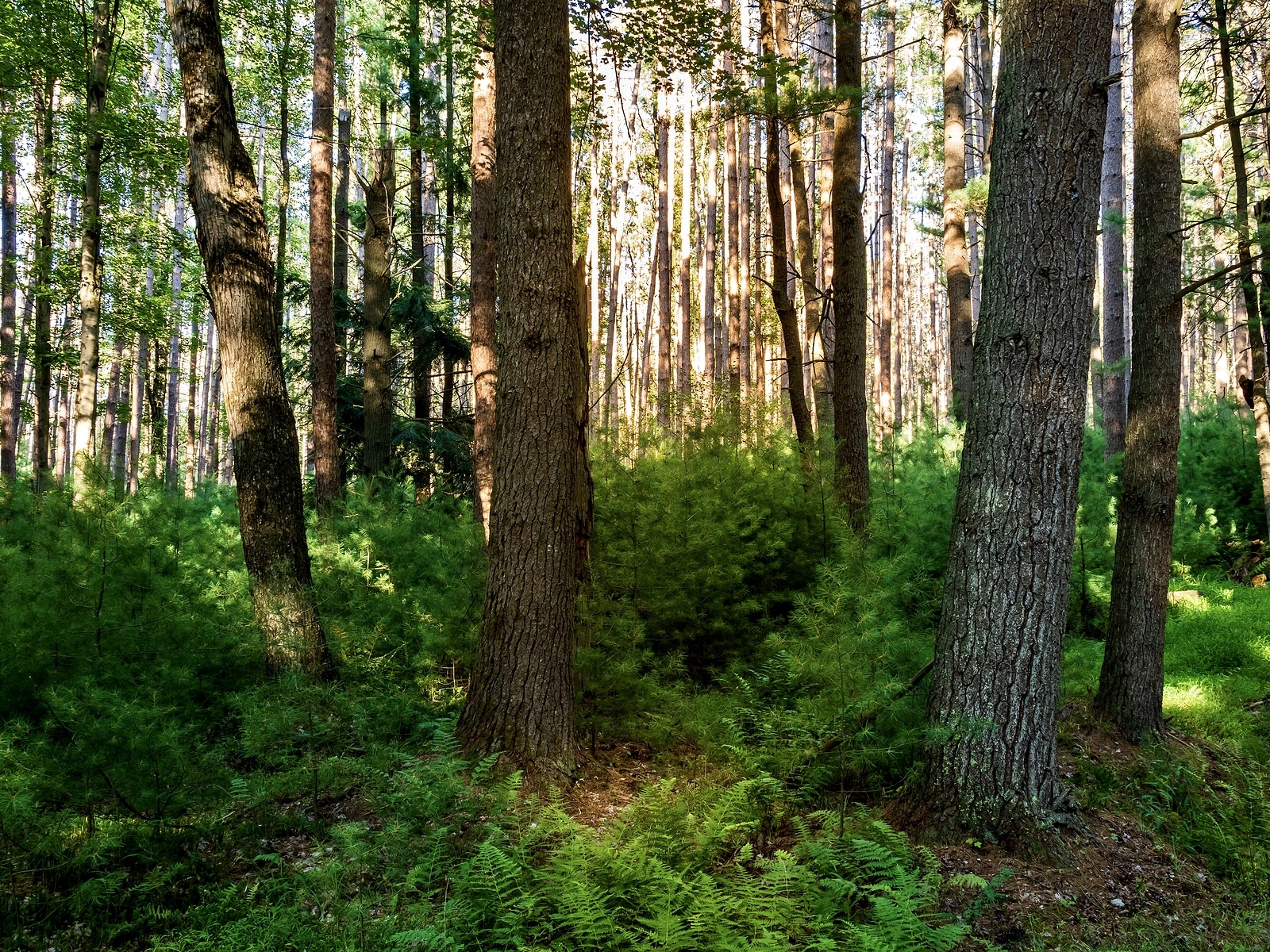
Cook Forest State Park
Batokova works full time as a UX Designer at Carnegie Mellon University’s Software Engineering Institute and dives into fungi in her spare time. She loves the old growth forests of Cook Forest State Park, the Pennsylvania Pocono Mountains for their conifer and hemlock bands, and woods with mushroom-pleasing waterfalls.
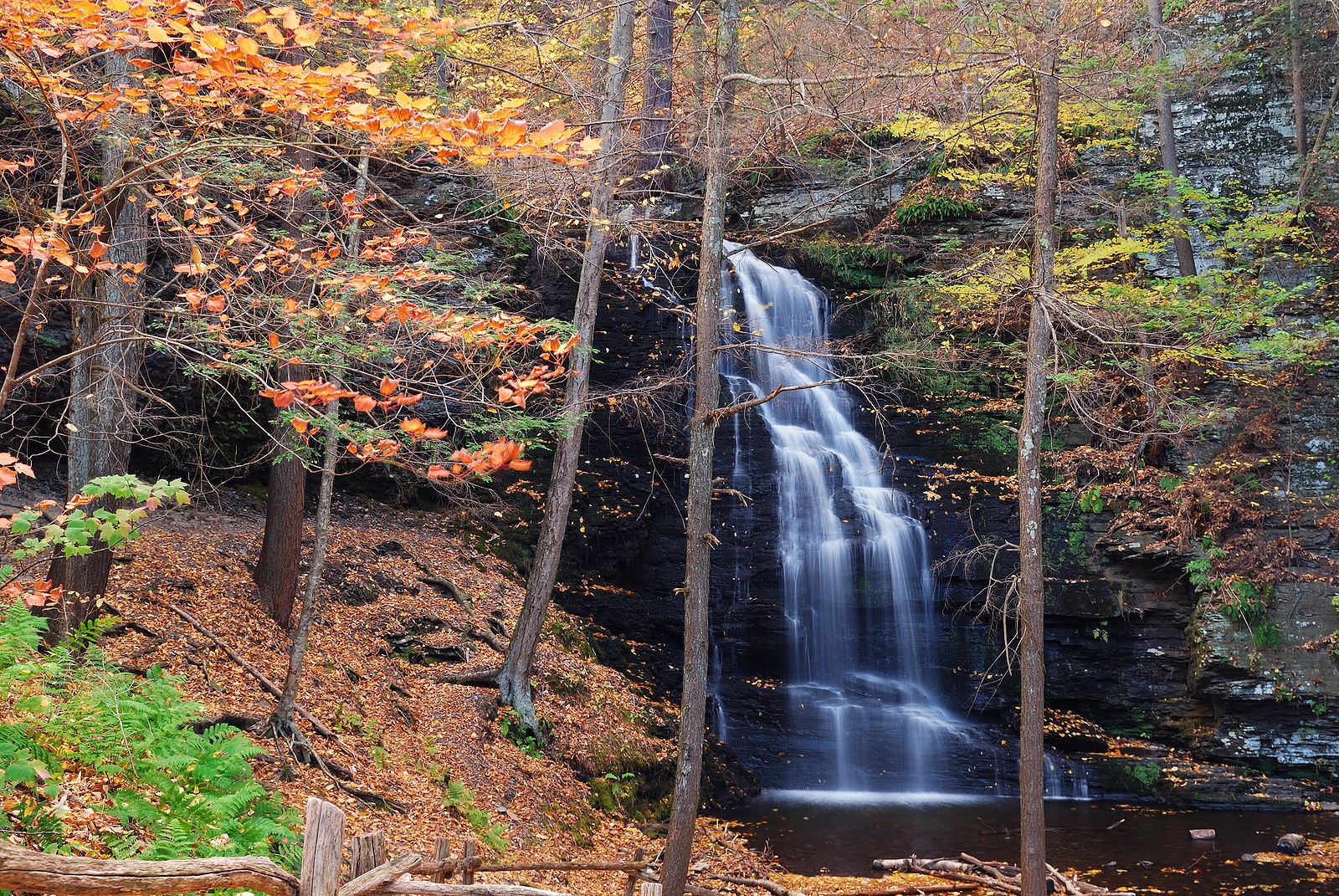
Pocono waterfall
But, she insists, “You can find mushrooms almost anywhere once you start looking.”
As Fungi Woman, Batokova shares educational content through her Instagram and website. She also provides guided walks in the Pittsburgh area about once a month, taking 10-12 people out mushroom hunting and talking through their finds. Batokova is also president of the Western Pennsylvania Mushroom Club, which holds walks as well and partners with other local organizations for events.
Batokova also recently wrote a book, Hunting Mushrooms; How to Safely Identify, Forage and Cook Wild Fungi, which was released on April 9, 2024. The book offers over 25 mushroom profiles and 16 mouth-watering recipes, like mushroom and oat patties and buffalo chicken of the woods pizza. It’s a vibrant, user-friendly resource and lovely addition to her digital catalogs.
“My hope for the book is that people find it beautiful, accessible and useful for them to venture into the world of mushroom identification and fungi,” Batokova says.
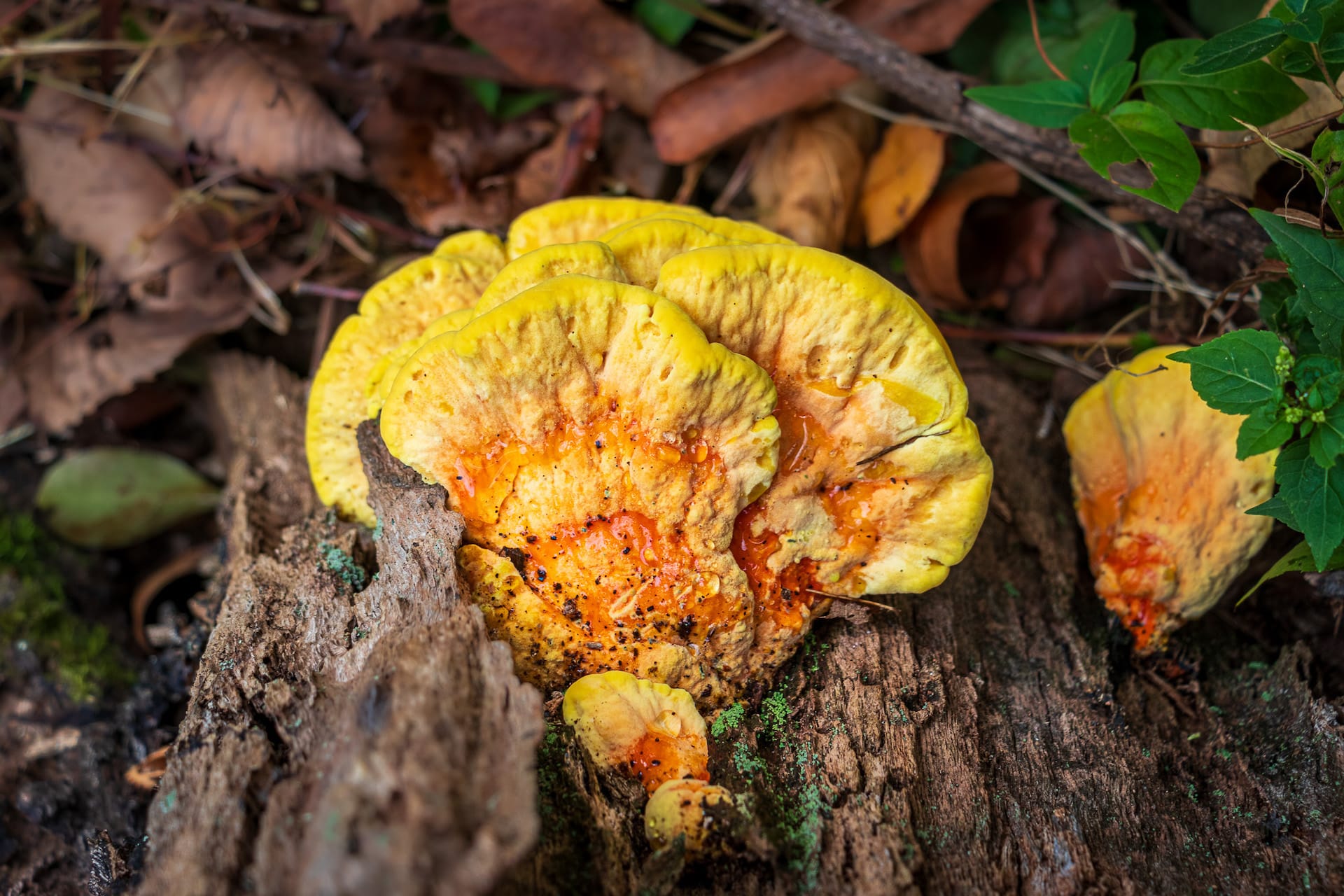
Chicken of the woods (Laetiporus sulphureus)
For novice mushroom hunters, Batokova offers a few tips.
“For those just starting to get interested in foraging for mushrooms and eating them, my first advice is you’ve got to learn the ones that will kill you” she says, mentioning destroying angel (Amanita bisporigera) and funeral bell (Galerina marginata).
She also suggests learning some entry-level mushrooms that are practically unmistakable, such as chanterelles (Cantharellus) and chicken of the woods (Laetiporus sulphureus). She details five starter mushrooms in her book.
After that, Batokova says, “Get out there, and start looking.”
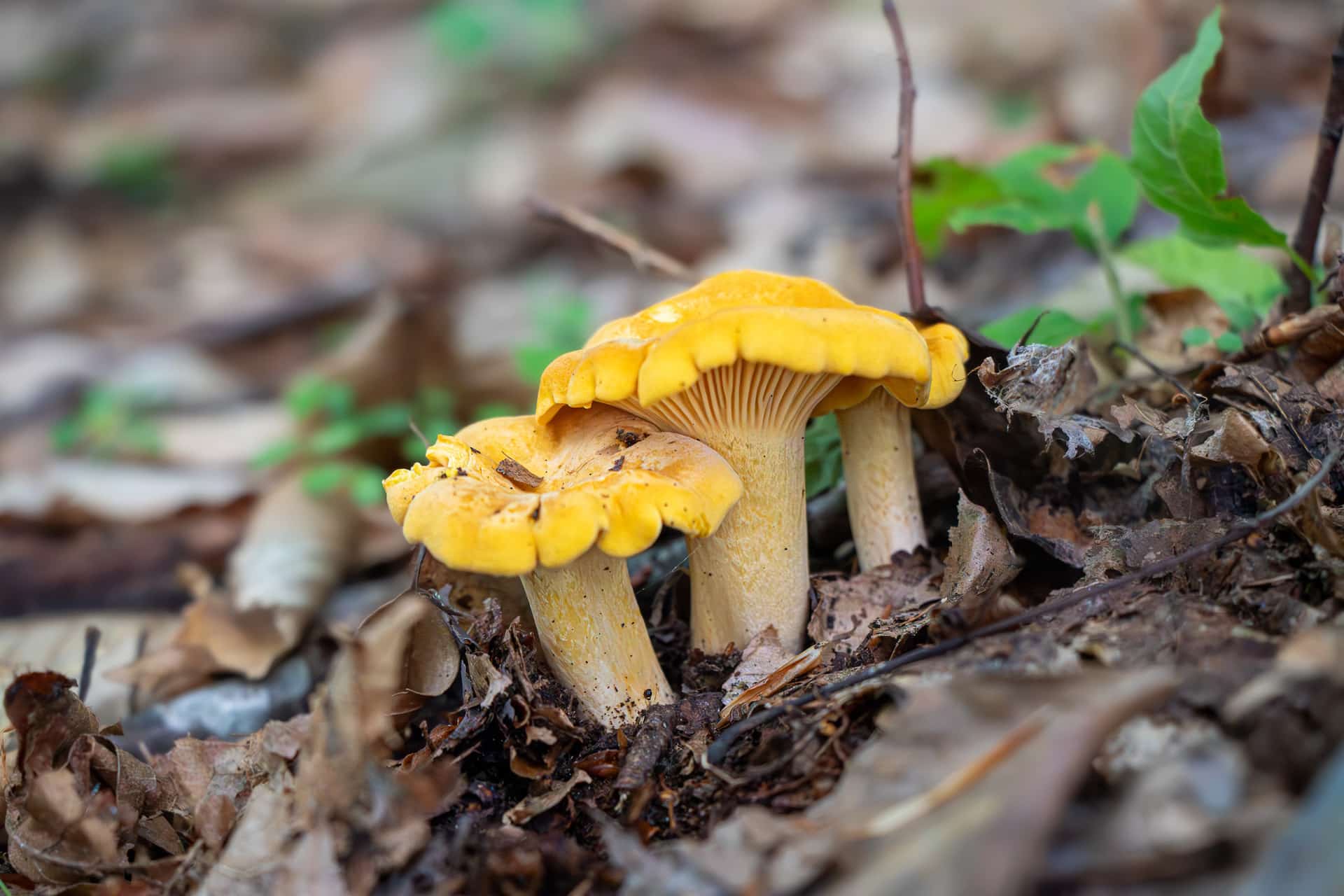
Chanterelles (Cantharelluso)
Her third piece of advice for newbies is to join a local mushroom club. These groups typically offer guided walks and other educational events.
“You’re surrounded by experts and like minded individuals, learning in a safe space and you get your finds verified,” she explains.
For those interested in foraging in Pennsylvania, it’s nice to know what to expect each season. The first wave of edible mushrooms starts at the end of March with morels (Morchella). Batokova says they can be tricky to find as growing spots are often closely guarded. The half-free morel (Morchella punctipes) is a less robust but equally delicious species that also grows in Pennsylvania. Batokova cautions that morels need to be cooked well to avoid gastrointestinal distress.
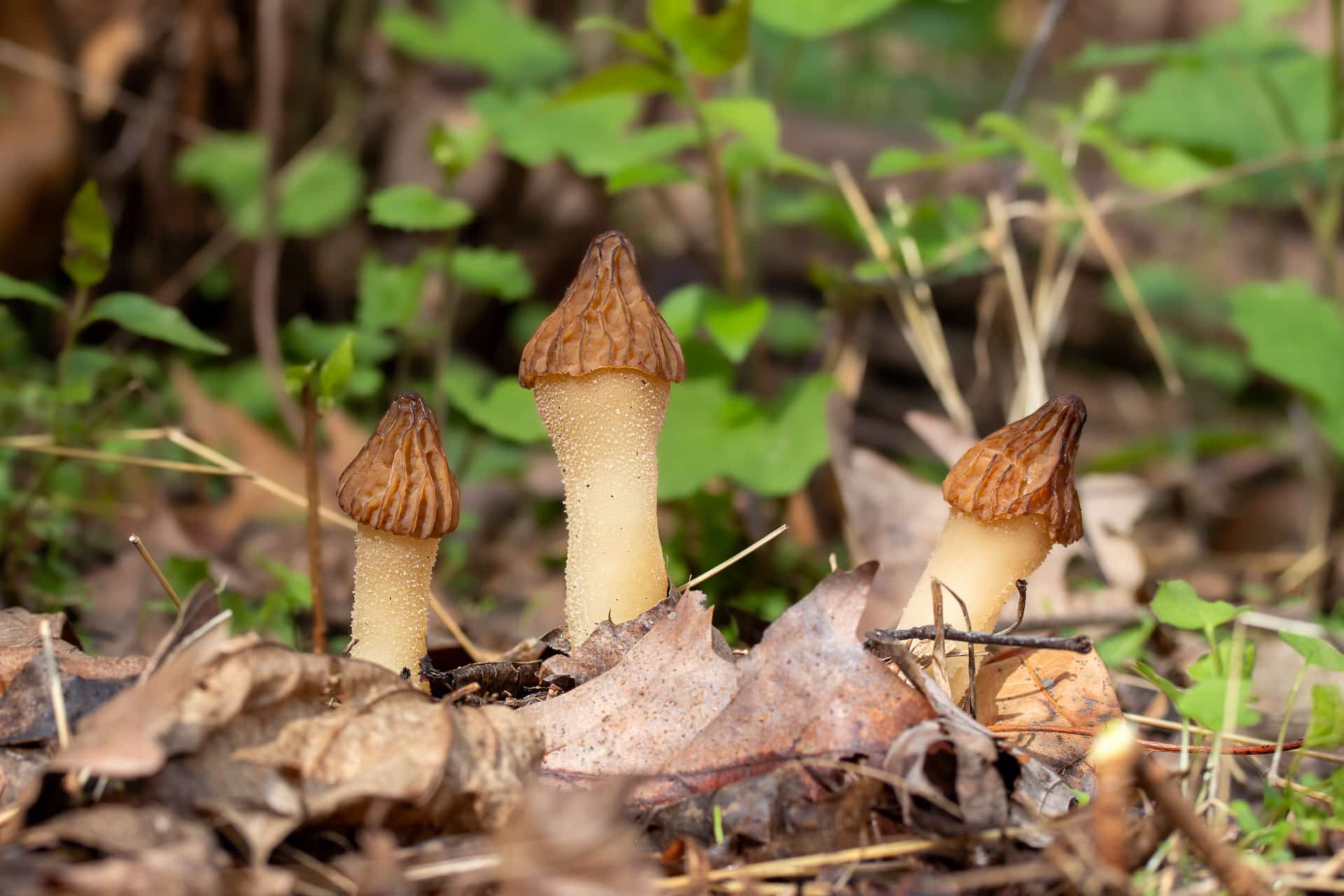
Half-free morels (Morchella punctipes)
Then, in July, you’ll find chanterelles and boletes (Boletus). Early fall is the traditional mushroom season, and among the many edible fungi available then are chicken of the woods, shaggy mane (Coprinus comatus), and the honey mushroom (Armilaria mellea).
Batokova’s favorite mushroom to find in the wild is the king bolete (Boletus edulis), also known as porcini.
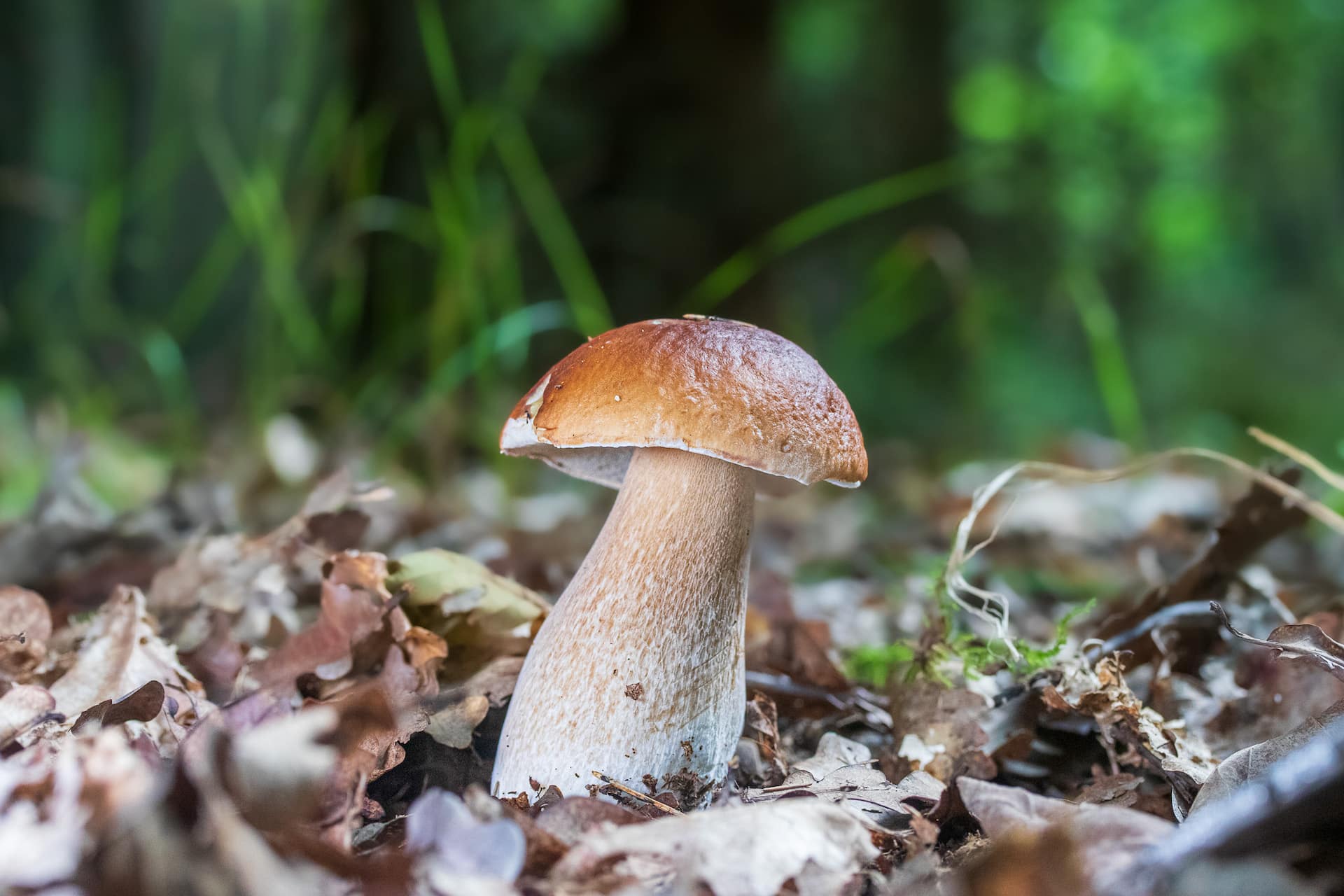
King bolete aka porcini (Boletus edulis)
“When you find the porcini, that’s the jackpot,” she says.
Her favorite mushroom to eat is the blusher (Amanita amerirubescens), an advanced forager mushroom with many poisonous look-alikes. She also enjoys black trumpets and golden chanterelles.
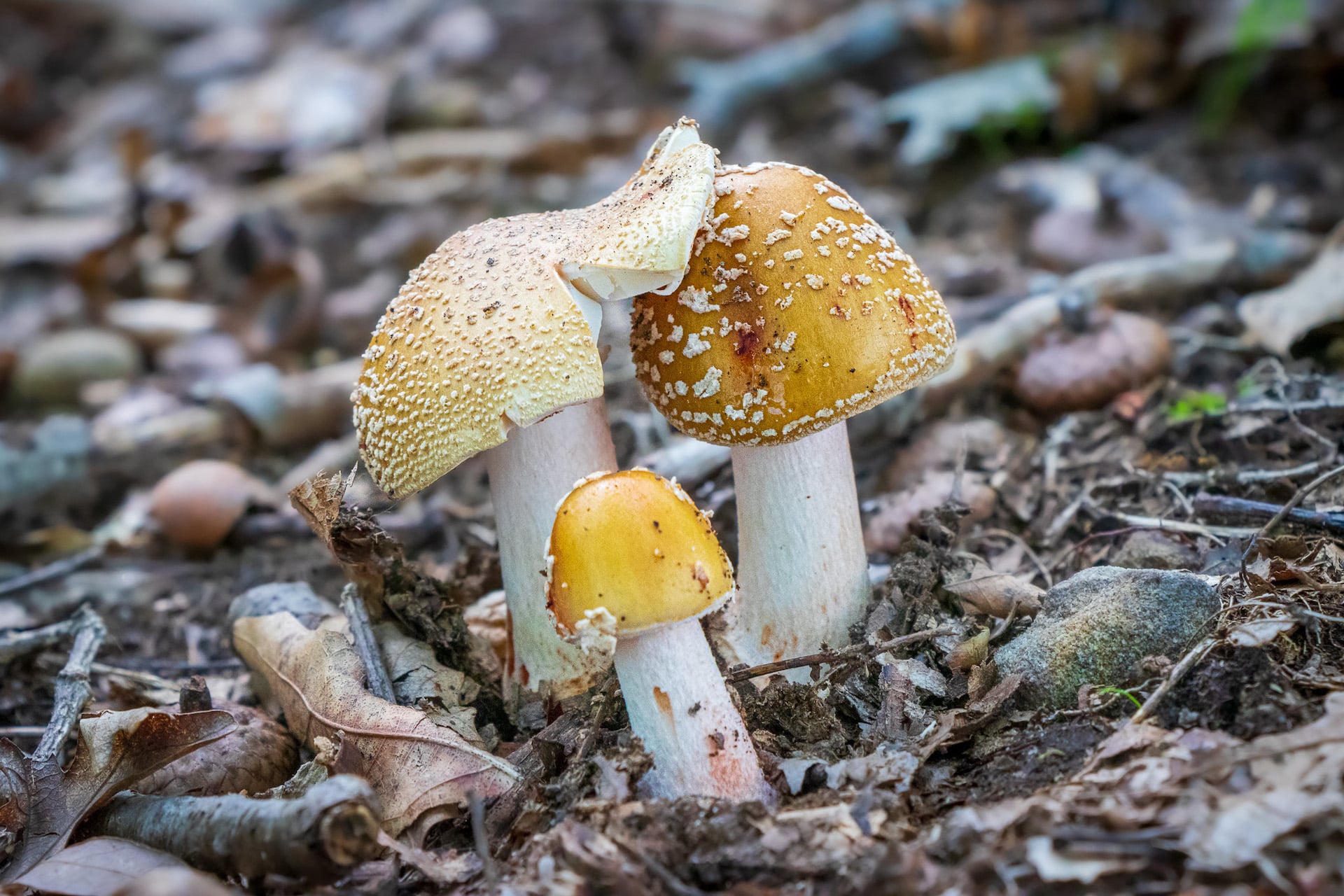
Blusher (Amanita amerirubescens)
In her book, Batokova shares some of her most beloved recipes. Among them are her grandmother’s yellowfoot chanterelle goulash and a creamy mushroom dill soup with poached eggs, a traditional South Bohemian soup and one of Batokova’s favorite mushroom dishes to make. She says it can easily be made with store-bought button mushrooms and that people absolutely love it.
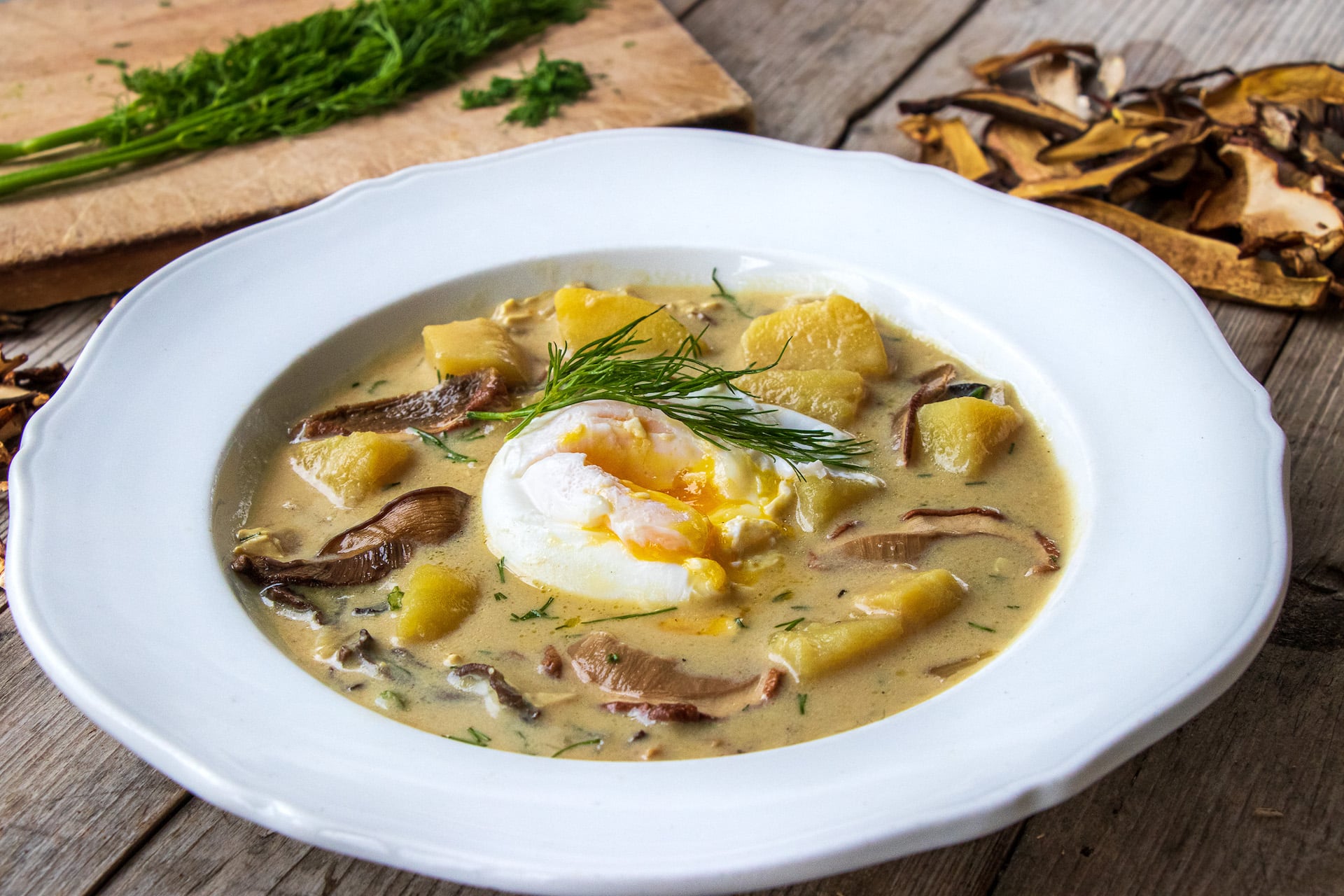
Mushroom Dill Soup with Poached Eggs
The Fungi Woman’s biggest advice for her followers is to not be afraid of mushrooms.
“It’s not a stretch to say we wouldn’t be here if it weren’t for fungi. Fungi started it all,” Batokova says. “They’re amazing organisms.”
- Photos of Barbora Batokova and mushrooms: Barbora Batokova
- Photos of Cook Forest State Park and Pocono waterfall: Bigstock
